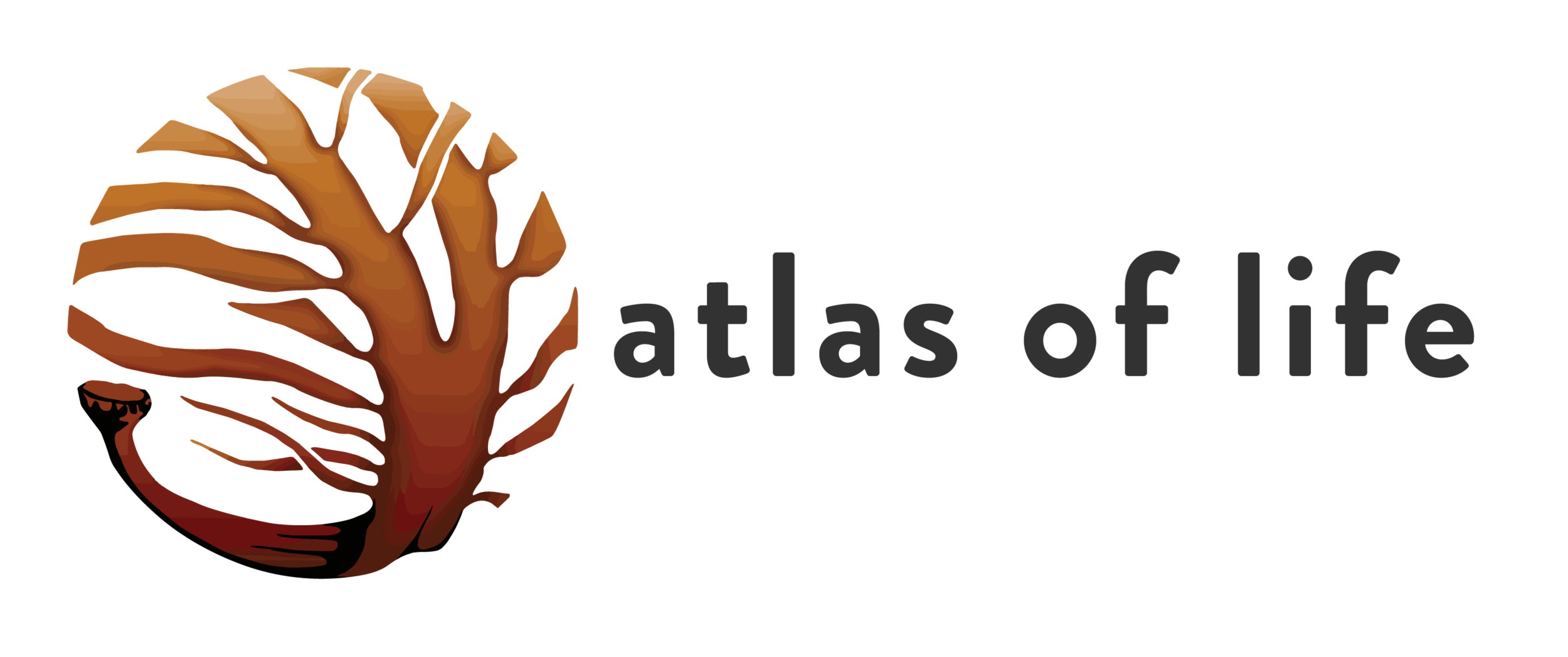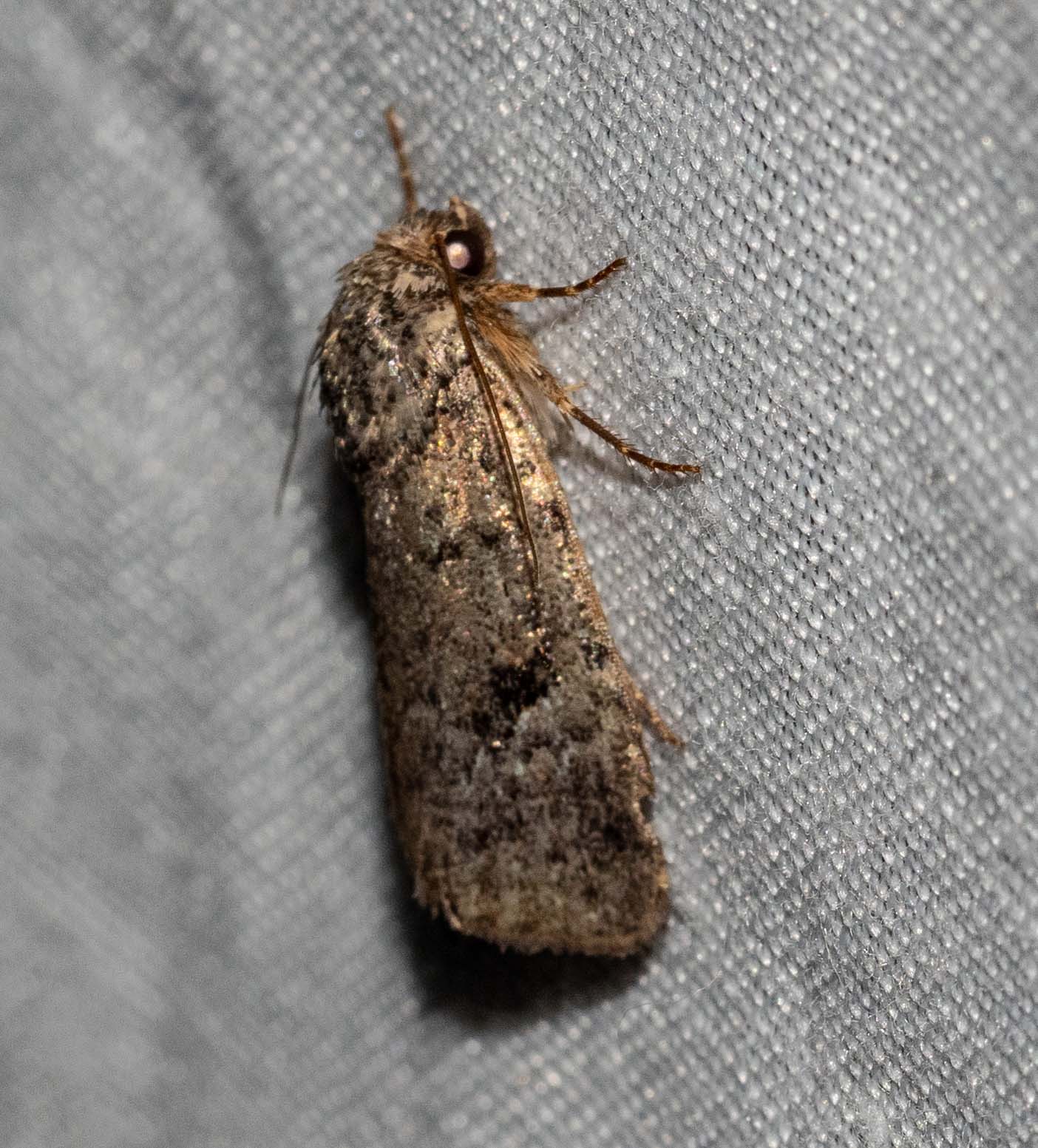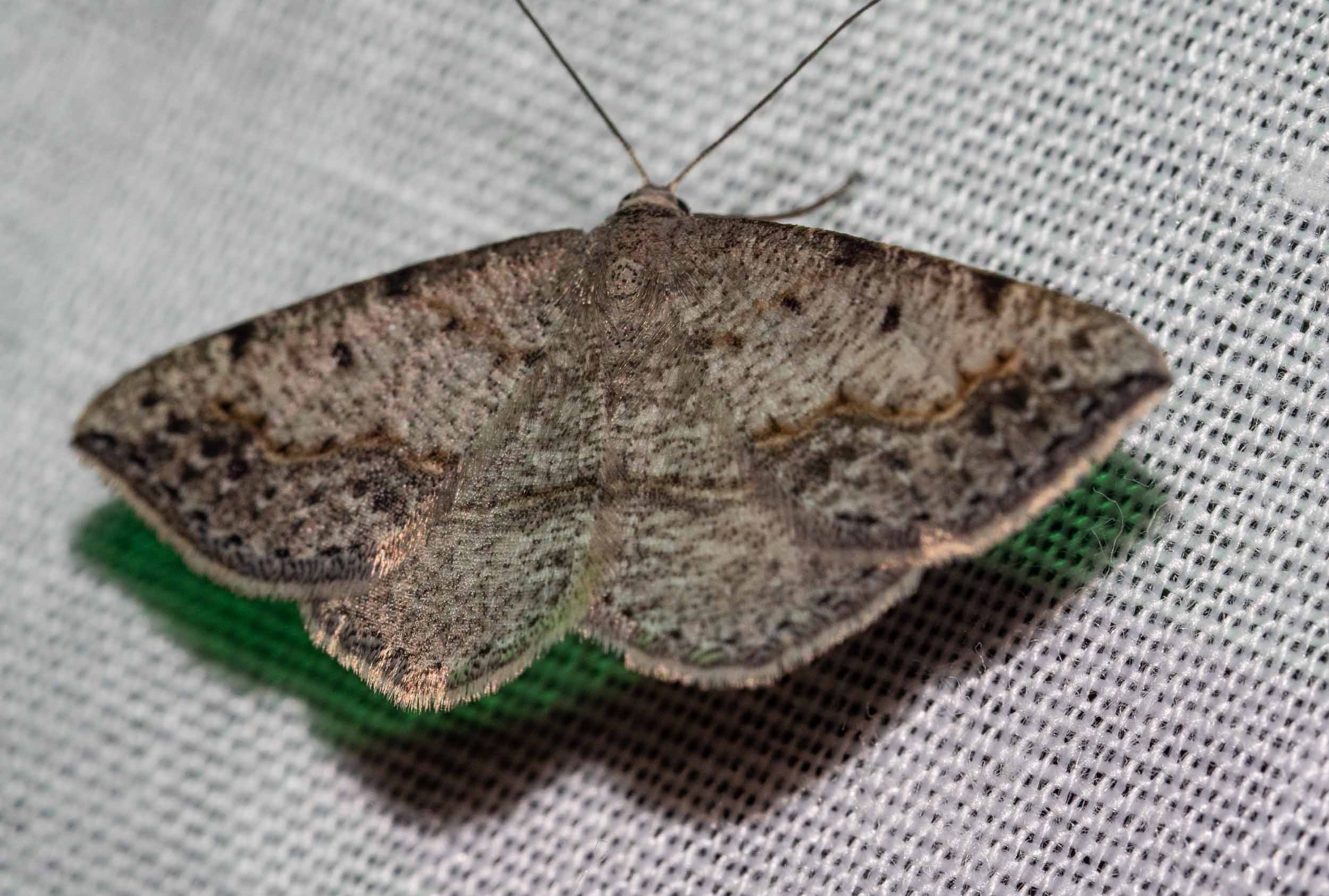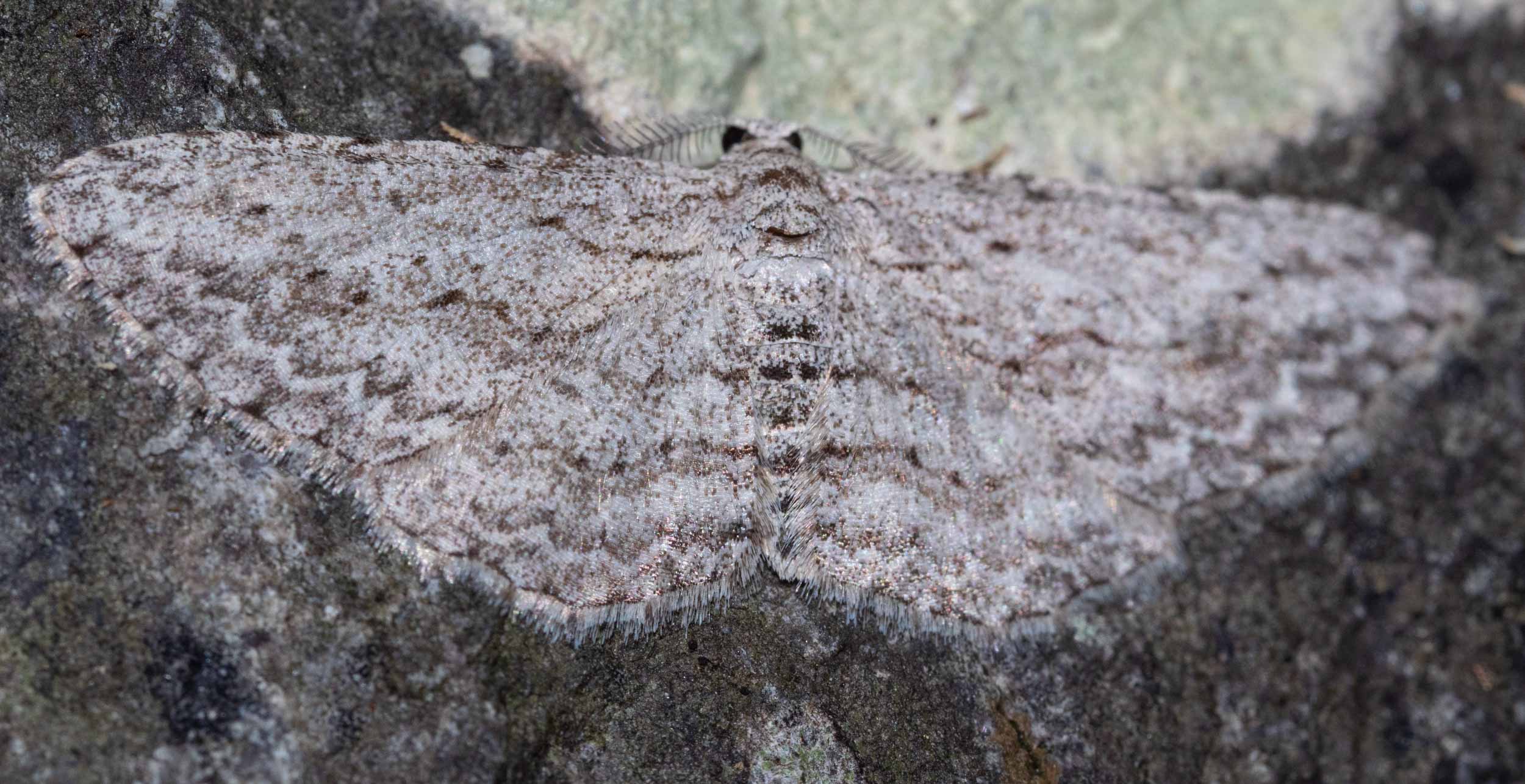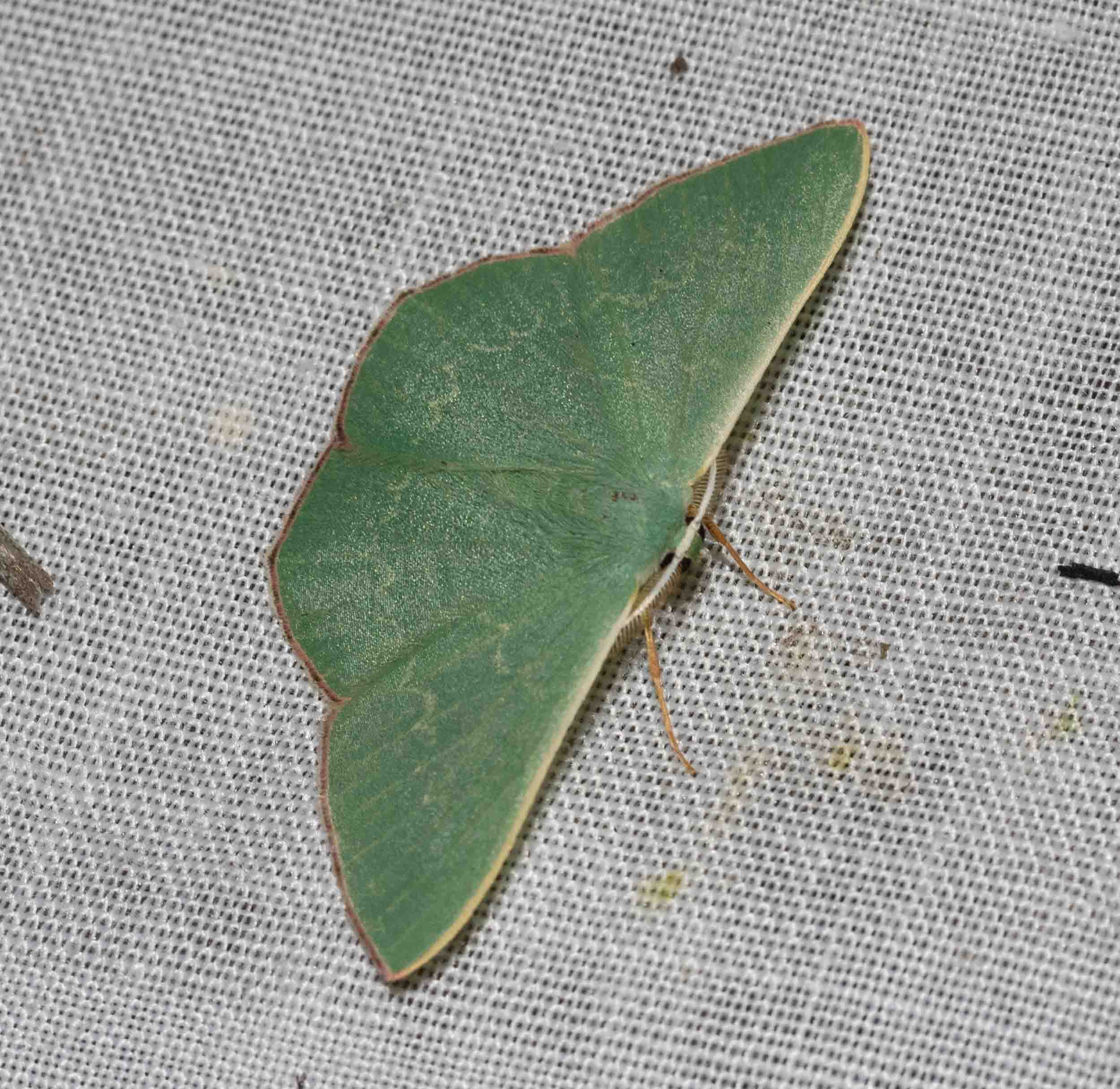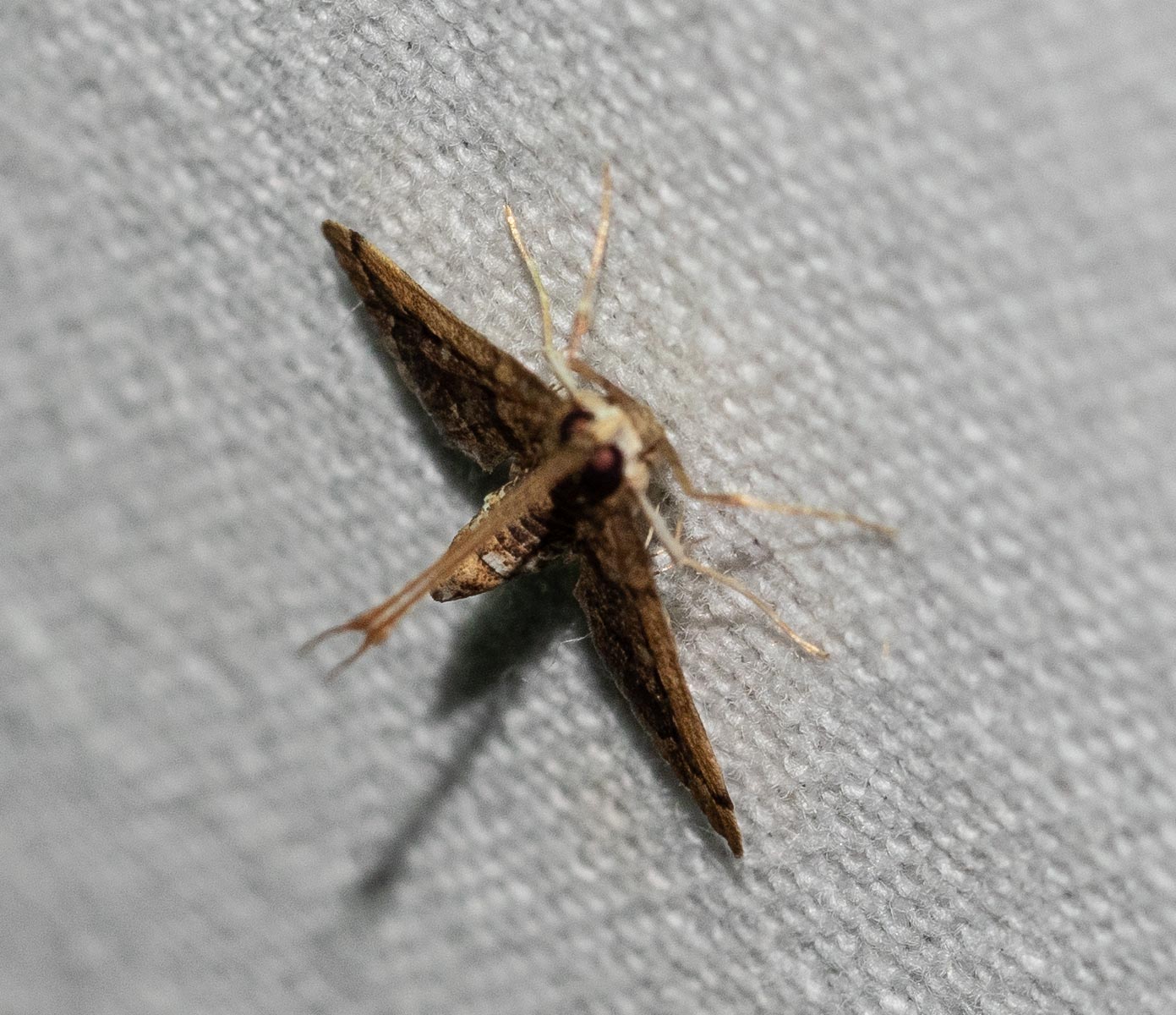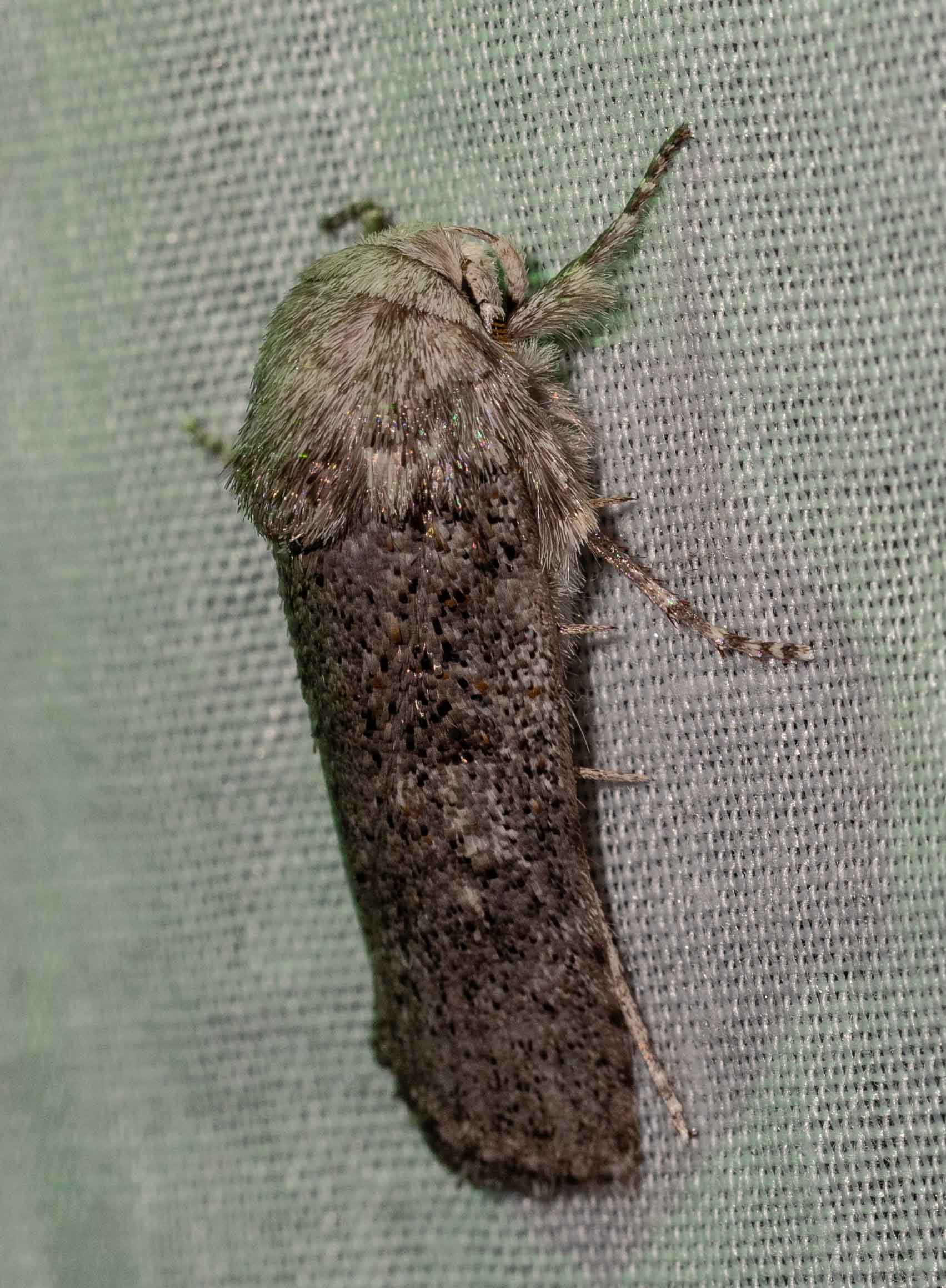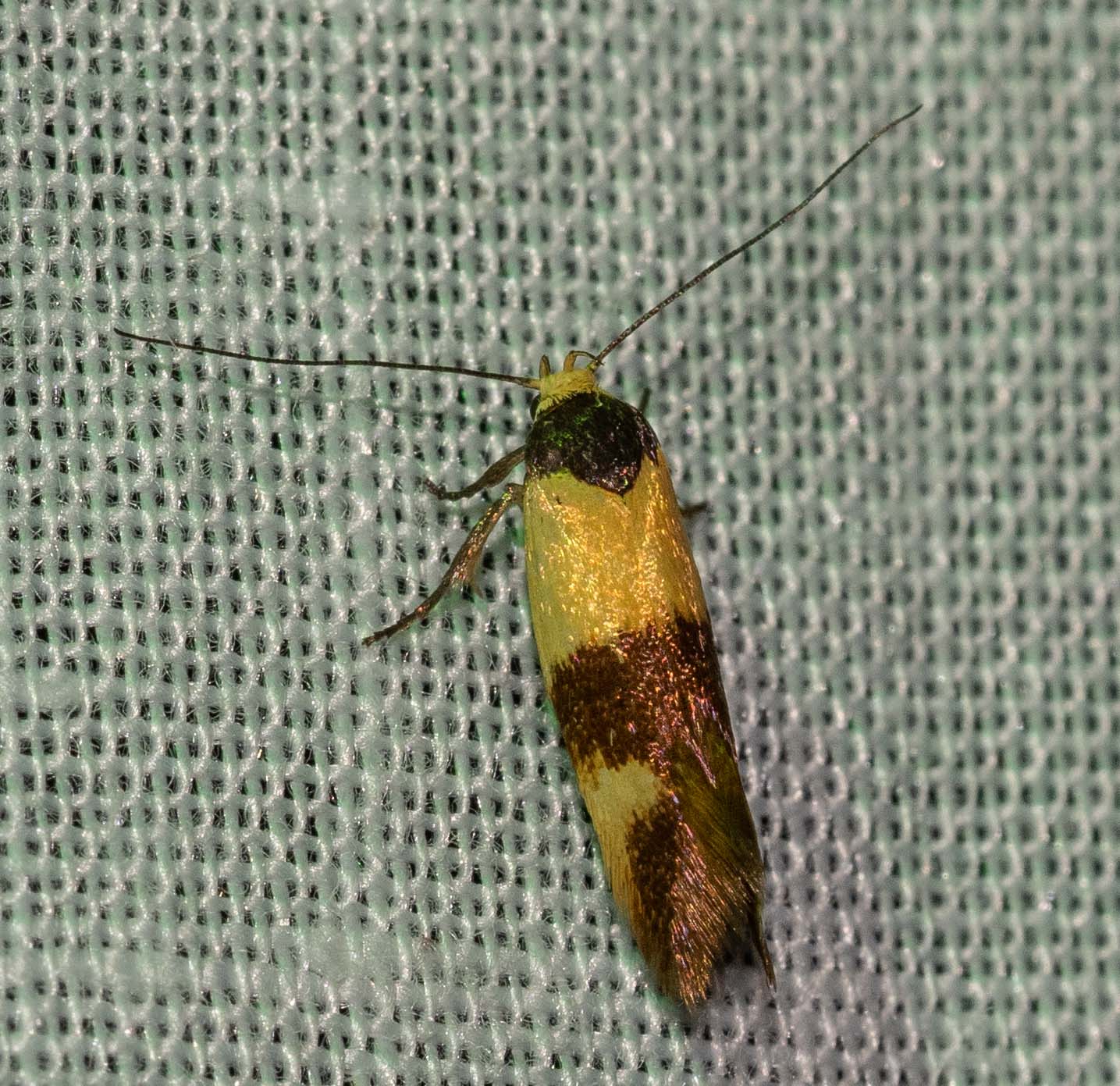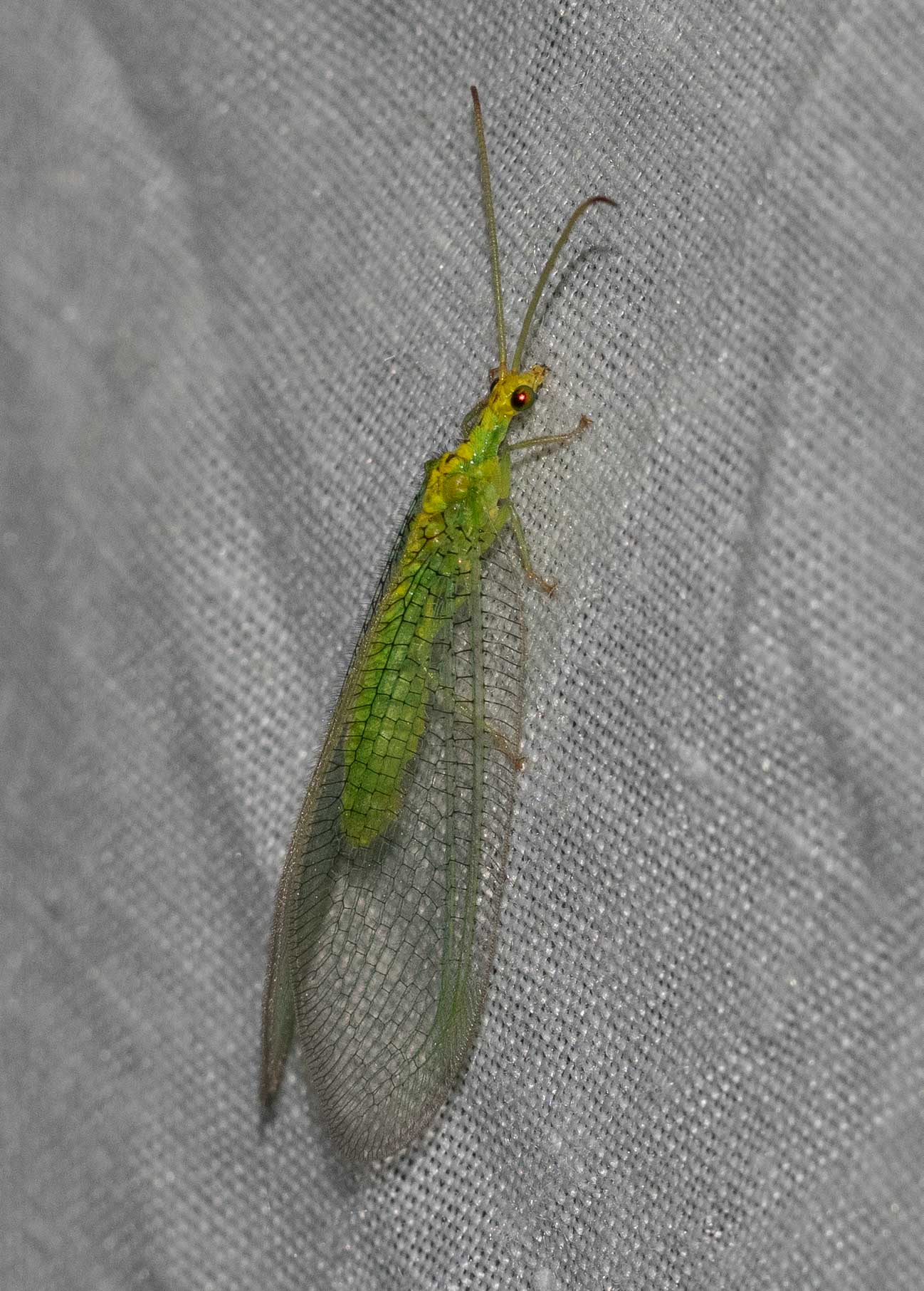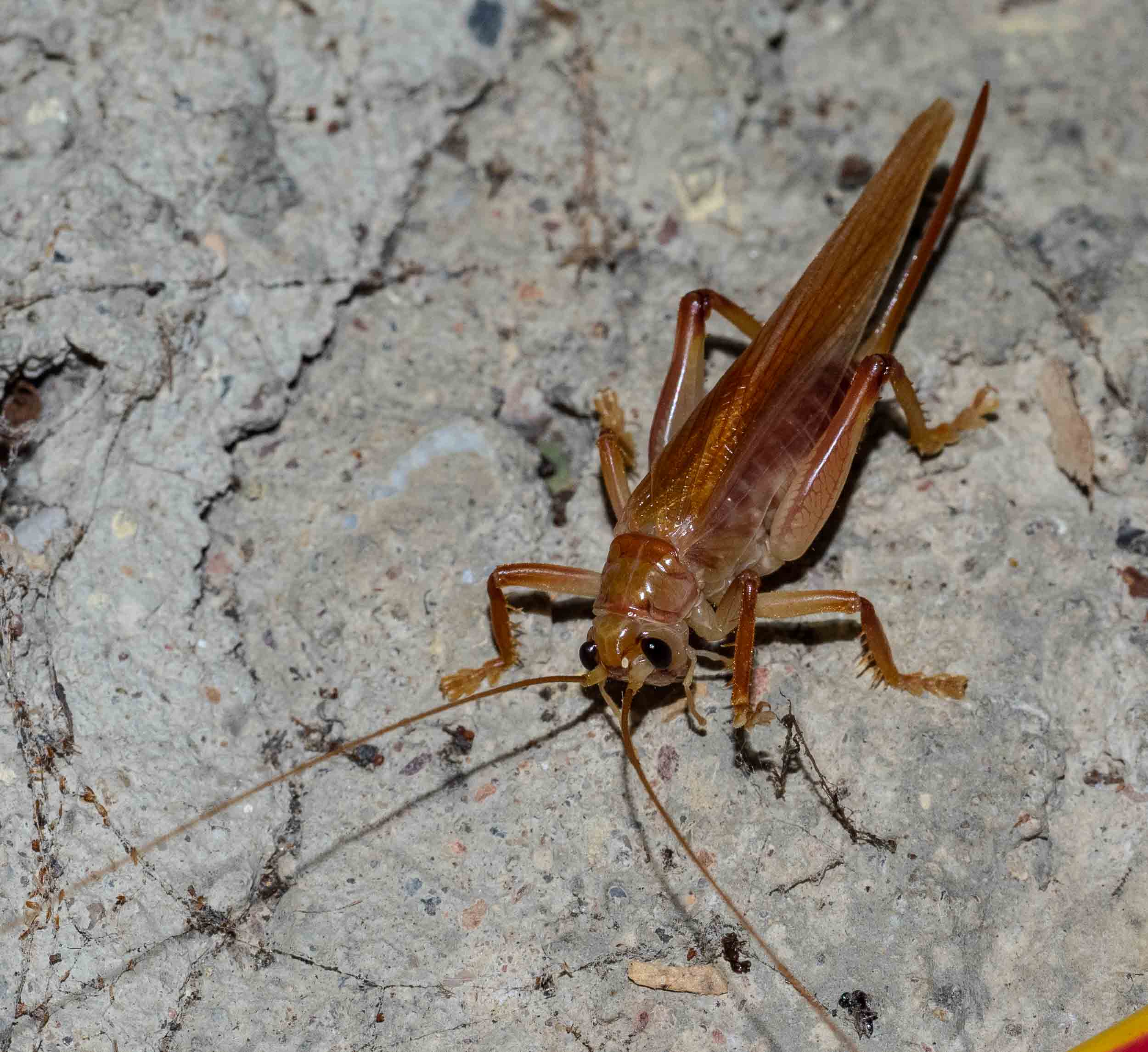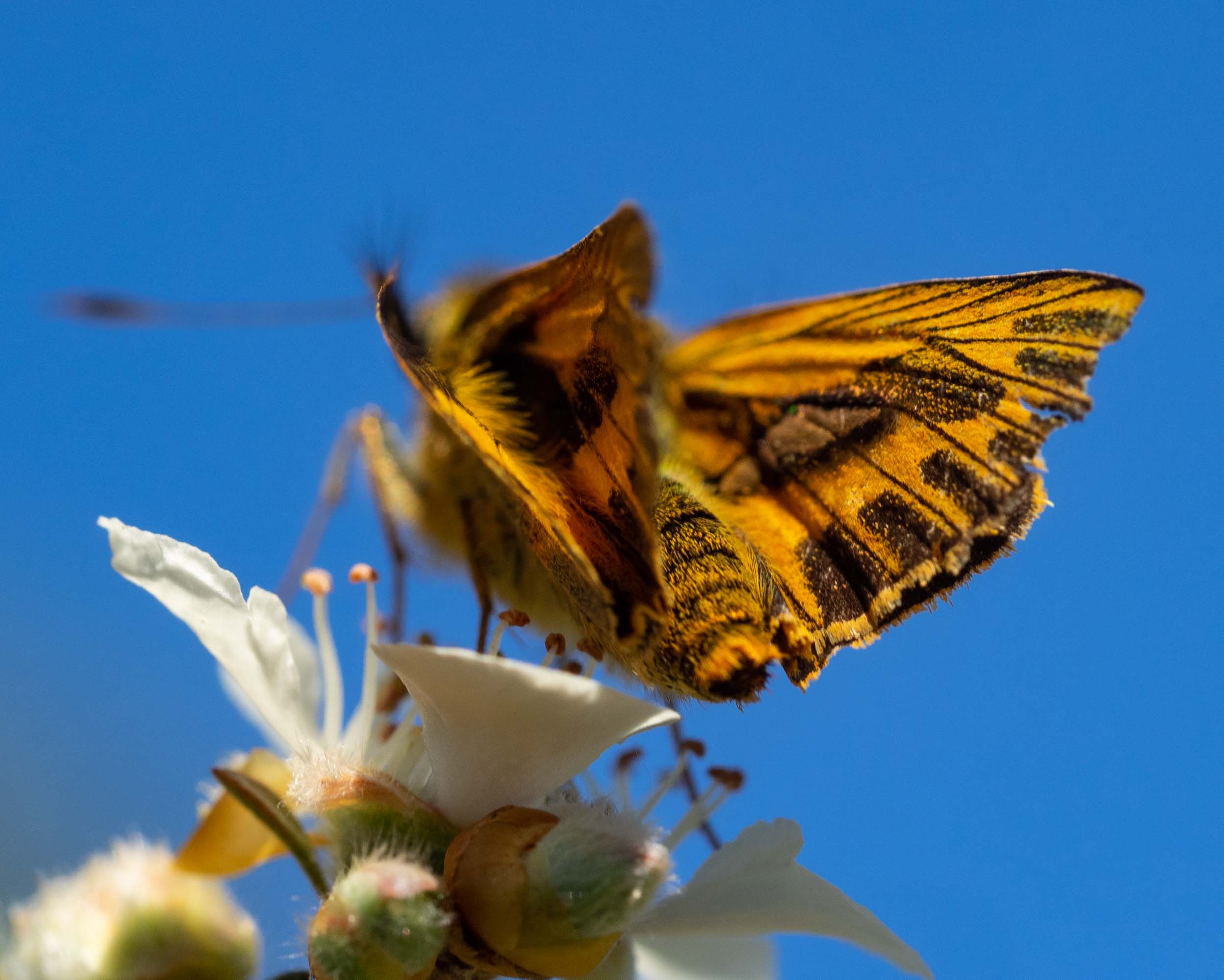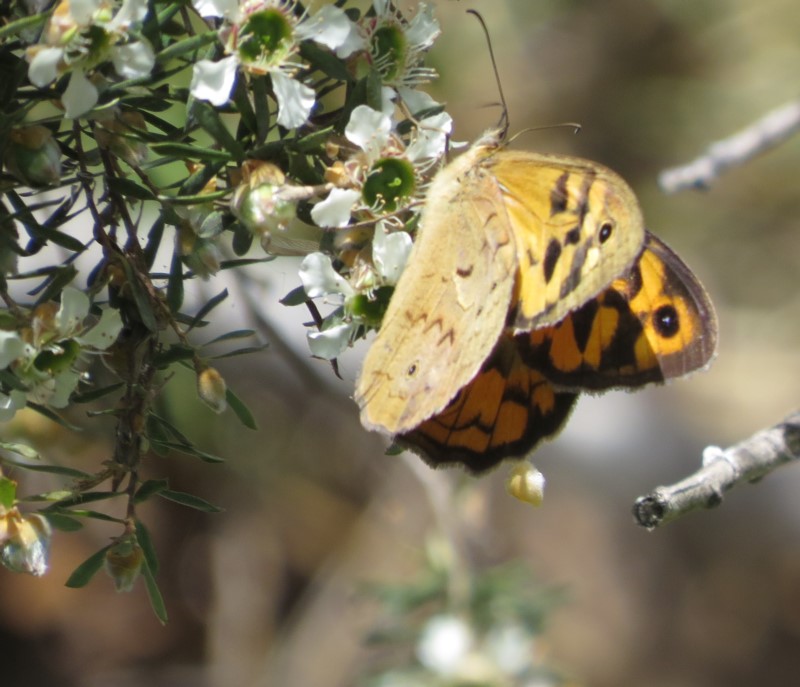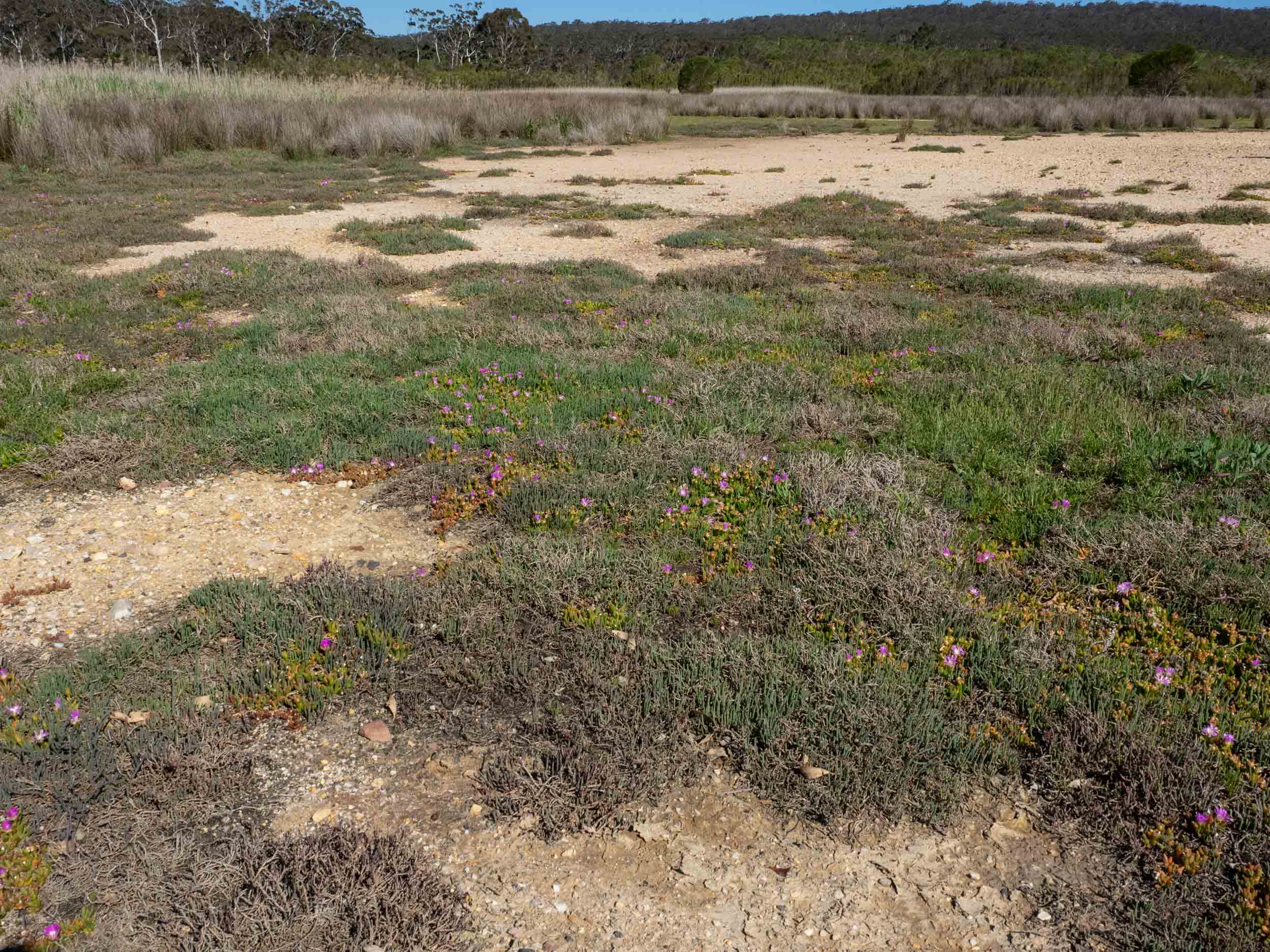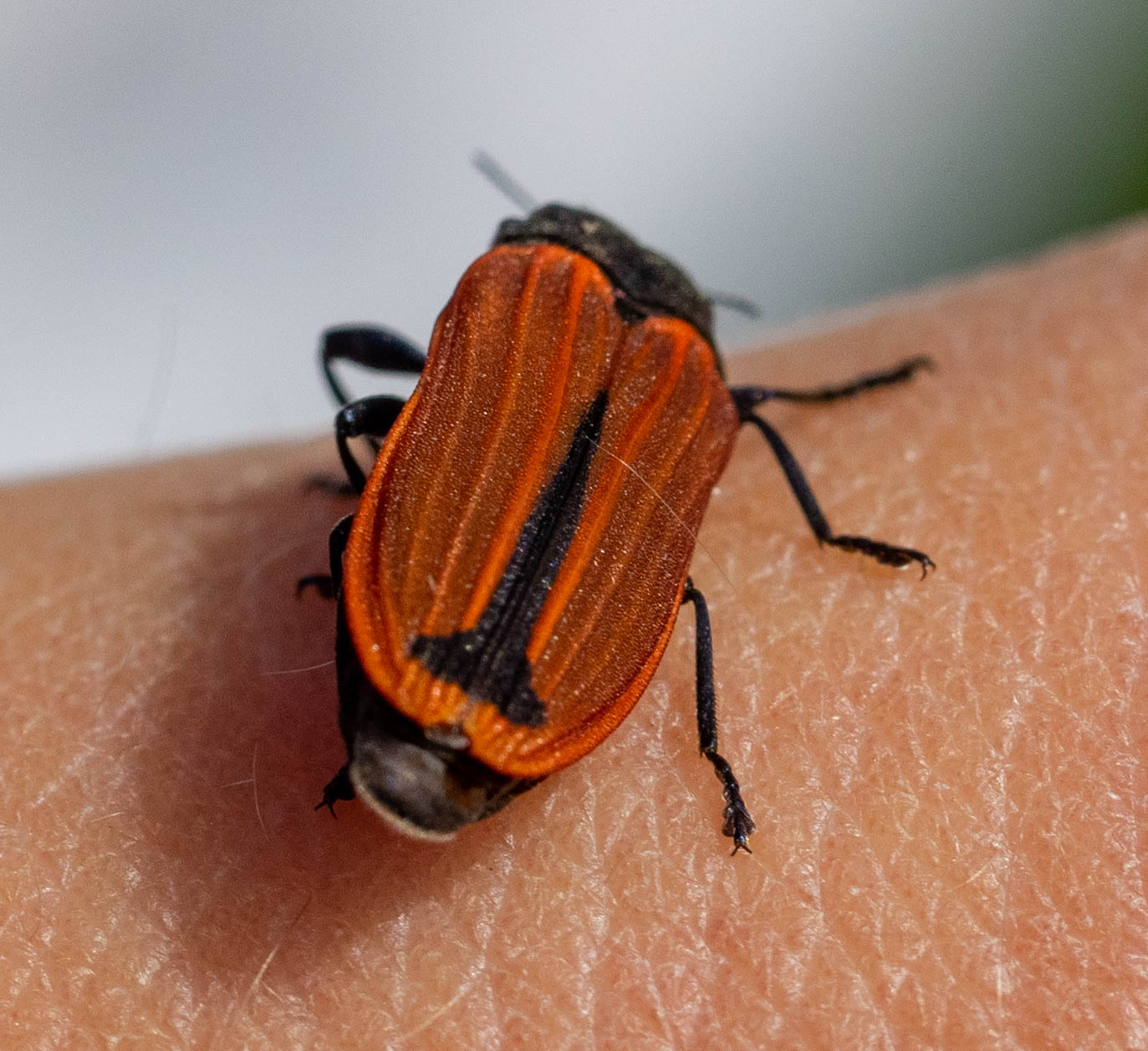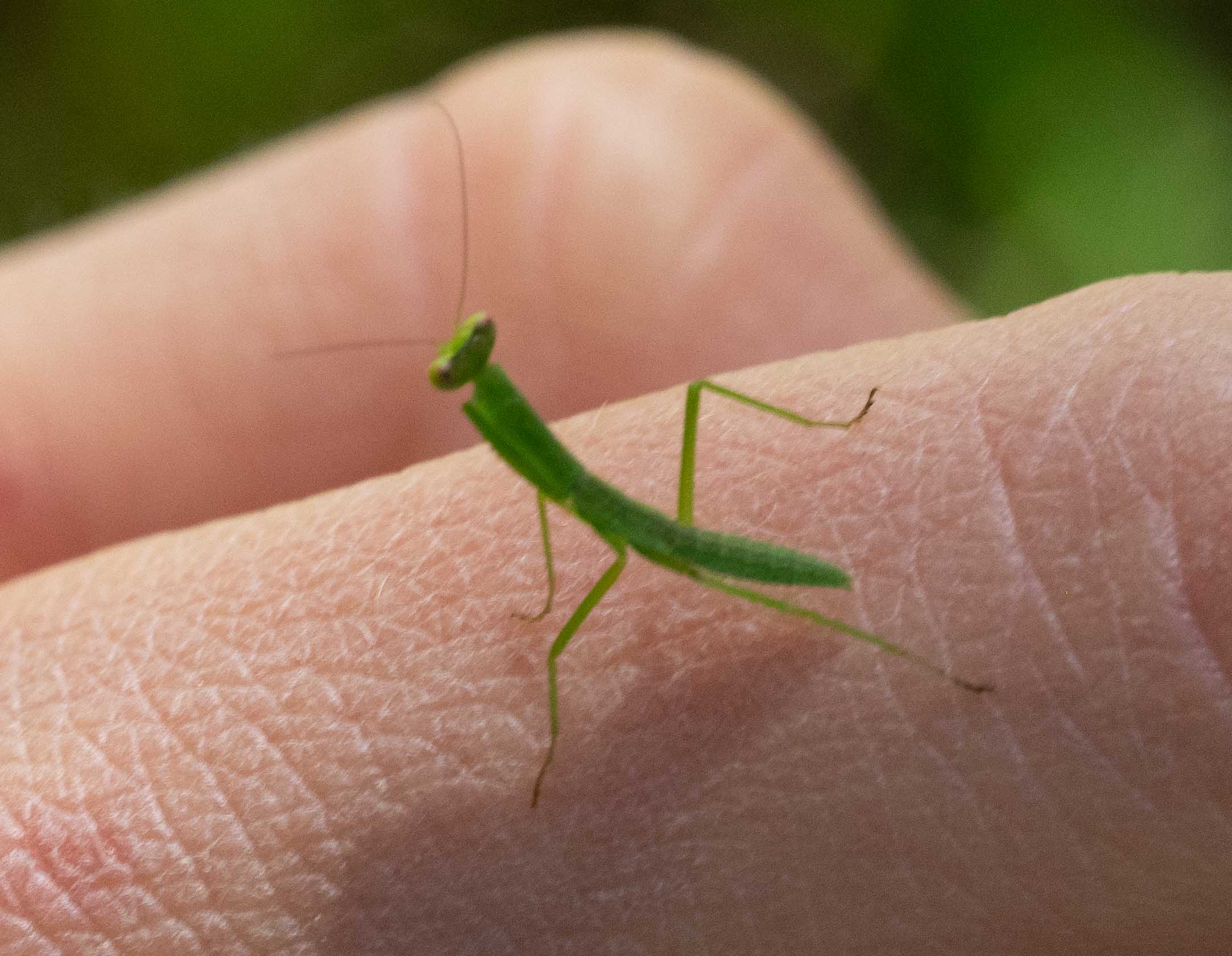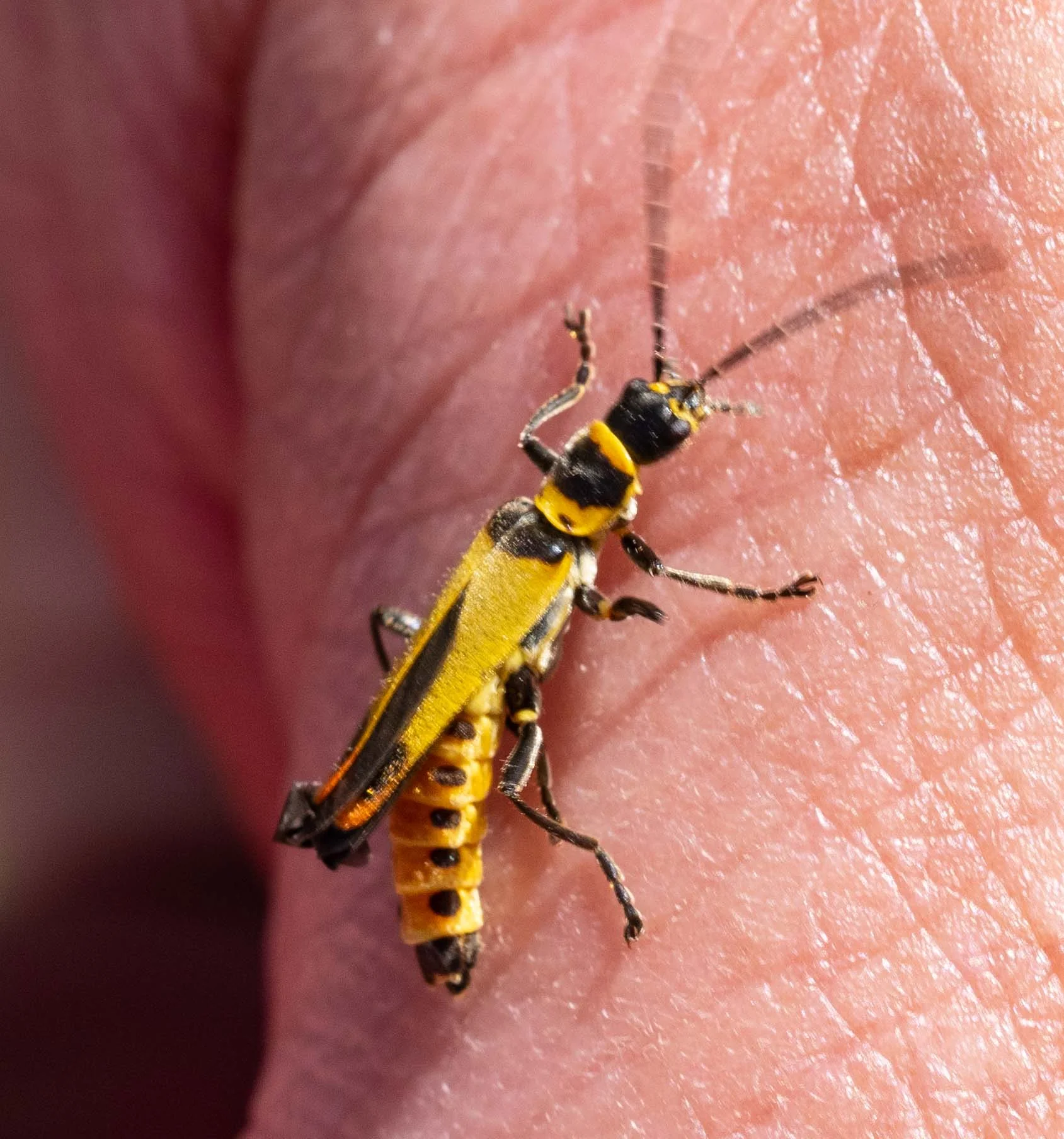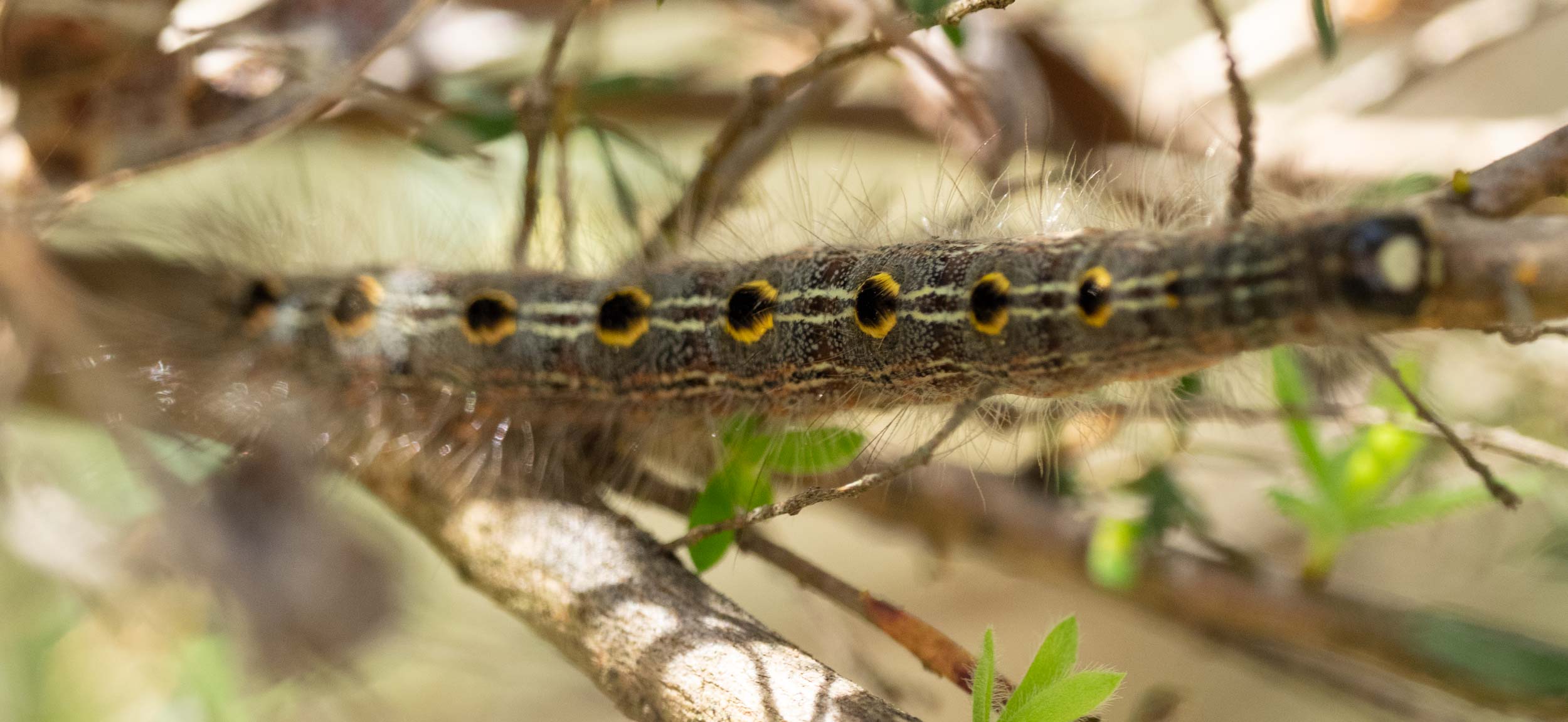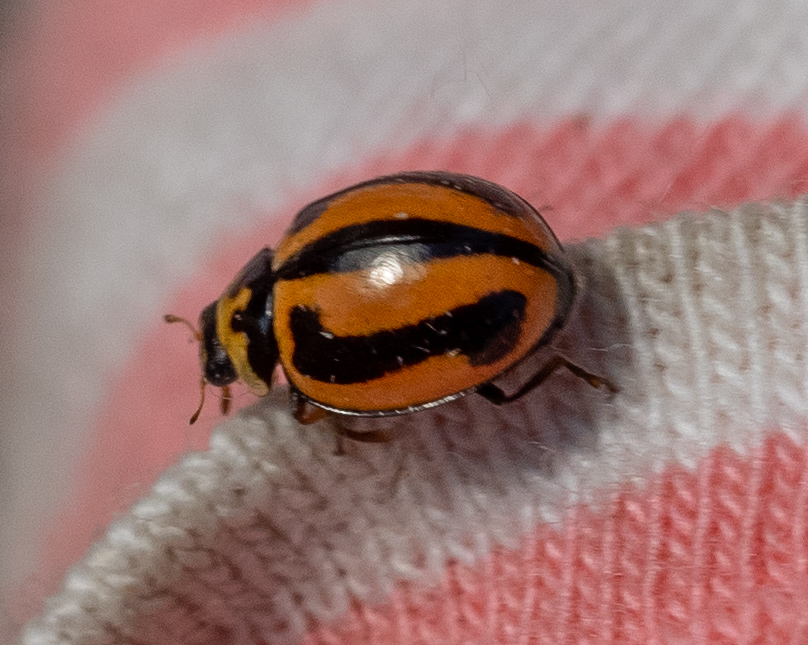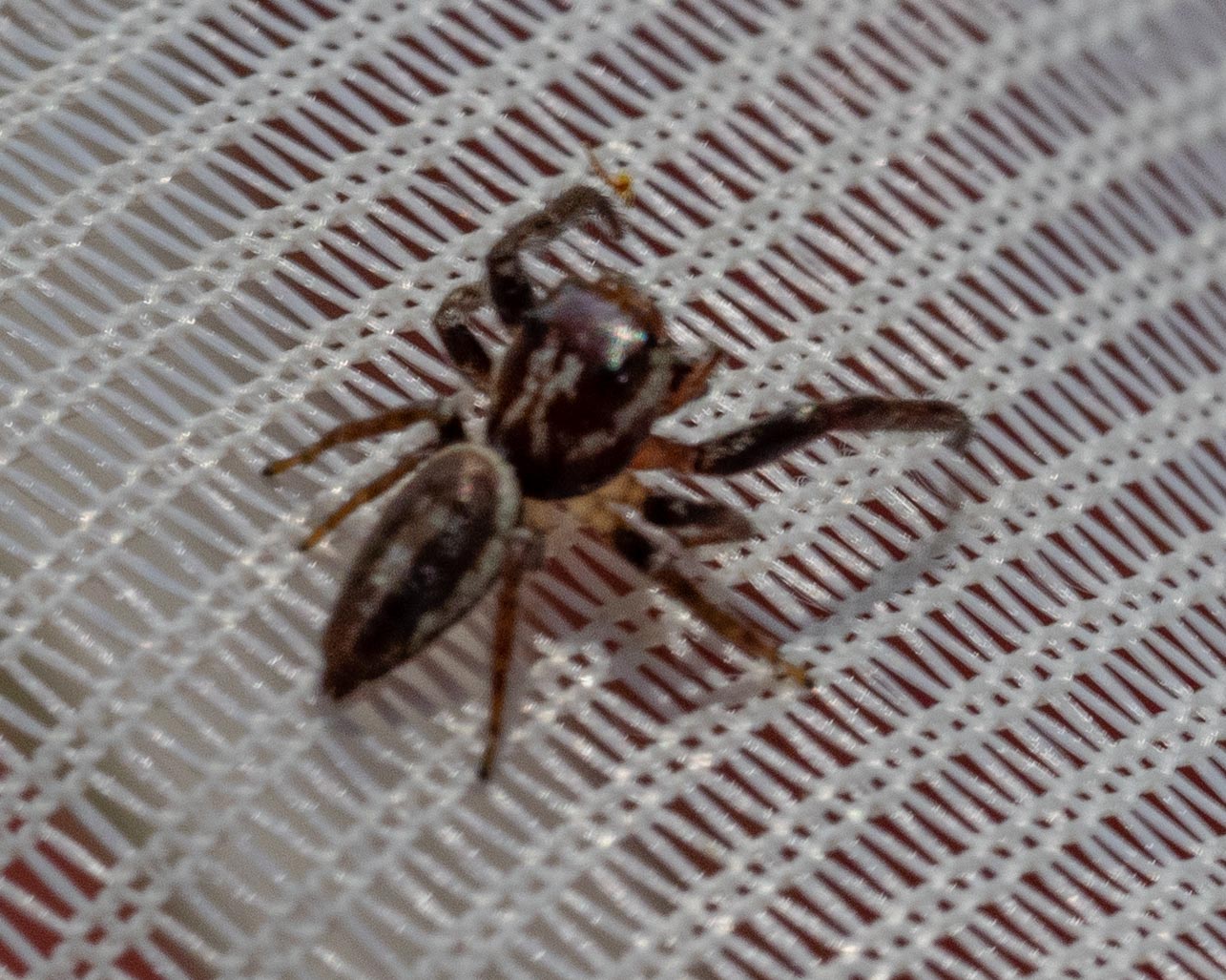Special Event
Wings of Spring
2018
We held our inaugural ‘Wings of Spring’ event in early November. And there were many, many wings on show … along with various other insects and spiders, of all sizes.
Over the coming days and weeks, we will continue entering the sightings onto NatureMapr, and work alongside our expert moderators to help identify the many species recorded. If you were part of the event, please check through your photos and upload sightings of: a) any species that you think is a little different to the ones already recorded for the event, and b) any good photos, even if you think the species has been added by someone else.
And if you were not able to join us for Wings of Spring, please enjoy browsing the images below. Perhaps we will see you there next year!
A dark night in the forest: Bournda National Park
We met at the Bournda Field Studies Hut in the late afternoon of Friday 9th November. As we waited for night to become fully dark, Glenn Cocking generously shared his knowledge and experiences of moth identification. Glenn has surveyed this site in previous years, and was keen to gather 2018 data for comparison, and to further his research on local moth diversity.
A brief shower of rain, then we headed out into the dark. Glenn had several light sheets set up in advance … and the bright lights were attracting insects aplenty!
Here are just some of the moths drawn to the sheets.
When Glenn has a compiled a draft species list for the night, we will make it available. I’m guessing that the score card will be close to 100 species … or even more! All moths photographed will, of course, be added to our NatureMapr database.
It wasn’t only moths that we found. There were beetles, flies, crickets, bugs, lacewings and wasps. Even a few ants were seen, taking advantage of the distracted moths.
There were several large and spectacular orange wasps which we recognised as (probably) Netelia sp. These wasps parasitise the larvae of various moths. And I’ve read that they will often fly and even migrate alongside their hosts … no wonder we were seeing them at the sheets!
From Peacock Spiders to funnel webs
With Stuart Harris taking part, is it any surprise that we can add a Peacock Spider to the species list for the night? A tiny movement at the base of a tree caught Stuart’s keen eye … and, sure enough, a lovely little jumper!
Lurking further afield were a couple of nocturnal hunters. Stephen and Loreto discovered this impressive funnel-web spider - Hadronyche nimoola - alongside a fallen log.
Hadronyche nimoola
Photo: Stephen Mills
Later in the evening Paul and I found another funnel-web wandering the track to the carpark. This was an entirely different genus - Atrax sutherlandi - and a close cousin to the infamous Sydney Funnel-web (Atrax robustus). Two funnel-webs - two species. That’s biodiversity!
Most of the group had departed by 11pm, but Glenn and Chris stayed on, checking the traps at intervals throughout the night. Different moth species fly at different times of the night, so their efforts ensured that the data was a representative sample of the night time flyers.
The various images are being added to the Atlas of Life NatureMapr database. Glenn Cocking, as our expert moth moderator, will help to identify these over the coming weeks.
Glenn, who works at the Australian National Insect Collection in Canberra, gathered some moth specimens for preservation. While photographs are valuable, collections are also necessary for further analysis and investigation.
A sunny day in the varied habitats of Panboola
The morning of Saturday 10th was all about butterflies.
Dr Suzi Bond described the various types of butterflies we might find in the Atlas region, with a particular emphasis on their ecology and behaviour.
Then we headed out to explore the grasslands and woodlands of Panboola. At first, it didn’t seem likely that we’d have much luck. There were not many butterflies about, and the temperature didn't help. Suzi explained that most species of butterflies prefer it warm (but not hot), and the chilly wind was not ideal. Despite this, we did find butterflies. In fact, three of the five butterfly families were represented: Lycaenidae, Nymphalidae and Hesperiidae. Plus a fourth family (Pieridae), if we count the numerous Cabbage White Butterflies (an introduced species).
Later in the day, Suzi discovered a special butterfly species in a very special habitat.
The Samphire Blue (Theclinesthes sulpitius) is a species Suzi highlighted during her presentation. It is only found around coastal salt marsh - and that is an endangered vegetation community. Samphire Blue are therefore quite special little butterflies … and we’re delighted to know that they are part of the Panboola ecosystem!
To learn more about this special vegetation type, see the resources developed from our workshop with Jackie Miles earlier in the year: Coastal Saltmarsh
The afternoon was devoted to a broader survey of invertebrates. Stuart Harris helped us discover the wealth of tiny life, feeding among the flowers and concealed in the grass.
In recognising a jewel beetle from among the many orange beetles it mimics, Stuart powerfully demonstrated the value of patience and careful observation.
Jewel Beetles: a sequel
Two days later, Stuart was exploring the forests around Canberra, checking flowering Leptospermum for beetles … and look what he found! Yet another species of jewel beetle (family Buprestidae) mimicking a net-winged beetle (family Lycidae). A first-time sighting for Stuart, and a wonderful example of the complexity of insect diversity and evolution.
Jewel Beetle (Castiarina nasata) - note the longer legs and the dimpled ‘shoulders’ (pronotum)
Photo: Stuart Harris
The sheer variety of tiny spiders, beetles and other insects surprised us all – including people very familiar with the Panboola reserve.
In just this short survey, we discovered members of at least seven different insect orders … Diptera (the flies), Coleoptera (the beetles), Lepidoptera (moths & butterflies), Orthoptera (the grasshoppers & crickets), Hymenoptera (the bees, wasps & ants), Mantodea (the praying mantises), and Odonata (the dragonflies).
The grass concealed a variety of tiny spiders, from a number of different arachnid families: Salticidae (the jumping spiders), Oxyopidae (the lynx spiders), Miturgidae (prowling spiders), and Araneidae (the orb-weavers), to name a few.
The birds and plants of Panboola are already well documented. Now, as the records from the survey are uploaded onto NatureMapr, Panboola will have a solid base upon which to build its home list of invertebrates.
We thank our special guest presenters and experts: Glenn Cocking, Suzi Bond, and Stuart Harris. All three travelled from Canberra for the event, and were very generous in sharing their knowledge and enthusiasm for citizen science. We also thank the Bournda Environmental Education Centre and National Parks & Wildlife for their kind assistance in providing facilities, equipment and access to Bournda. The butterfly and insect sessions would not have been possible without the generous support and involvement of Panboola staff & volunteers.
Summary prepared by Kerri-Lee Harris & Paul Whitington, on behalf of the Atlas of Life team. Please contact us if you have any questions, comments or corrections - we are very open to helpful feedback!
